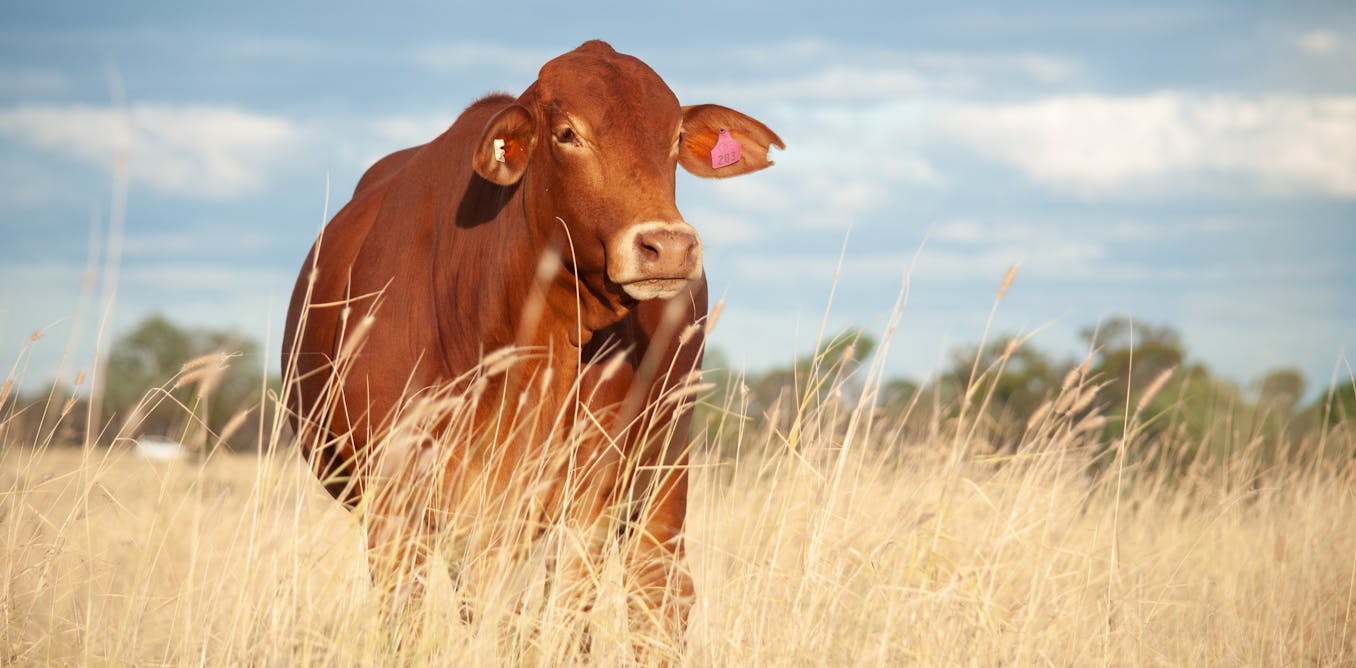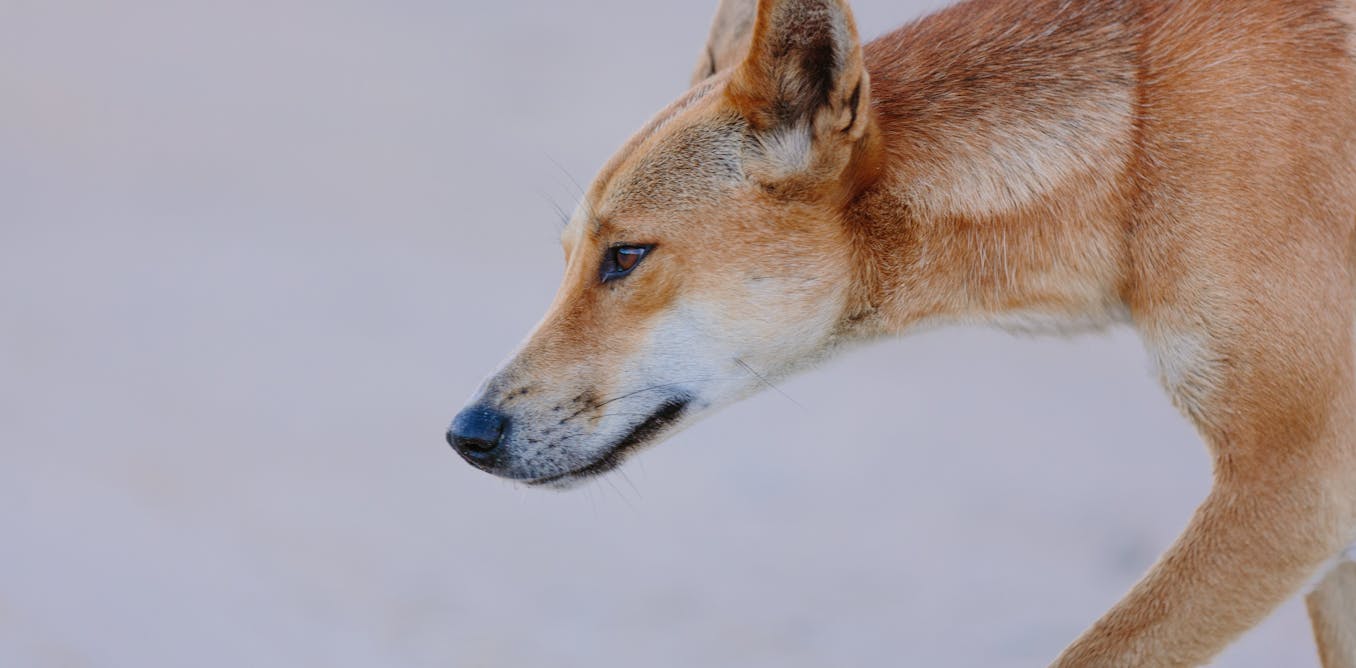Scent is how dogs largely experience the world, a lot like the way we humans rely on sight. We know little about how dogs interpret scent, but thanks to a recent study, we may be getting closer to understanding what a dog’s nose actually knows.
Dogs are primed to detect smells. The average dog’s nose has more than 10 million scent receptors in their nose, compared to humans, who only have about 6 million.
This makes the canine nose more than 10, 000 times better at detecting scents than we are. They can detect minute quantities of scent. For example, forensic detection dogs can detect 0.01 microlitres of gasolene. A microlitre is one millionth of a litre.
Humans have exploited dogs’ olfactory superpowers in a number of ways, which has no doubt contributed to the deep relationship we have developed with our canine companions over 40,000 years living together.
Dogs still join us as hunting partners, sniffing out food. They work beside us as vital members of crime-fighting teams, finding illicit substances, as medical colleagues for disease detection, and as partners in conservation efforts, finding rare and endangered species.
Despite the widespread involvement of dogs as natural scent detectors, we remain largely oblivious as to how dogs interpret what they smell and how they perceive the world in which they live.
Sundays Photography/Shutterstock
Exploring the brain activity of dogs when they are exposed to specific smells can help identify which of their brain regions are associated with scent detection. This helps scientists understand what the dog is experiencing, which might help us enhance the selection and training of sniffer dogs.
Until now, scientists needed expensive equipment to study dogs’ brains and research methods that required dogs to stay still. This means we know less about the brains of active working dogs who might struggle to remain motionless for long periods.
But we can’t simply apply the data from dogs who can cope with sitting still since dog breeds have differences in their training and scenting skills.
Sensing scents
The recent study I mentioned at the beginning of this article uses a new, cheap and non-invasive method to explore how the canine brain responds to scent. The researchers think that this method – known as AI speckle pattern analysis – will help us identify how dog brains react to scents and what it means for how dogs perceive and respond to the world around them in future research too.
The researchers developed an optical sensor to target three brain areas involved in canine scent discrimination: the amygdala, olfactory bulb and hippocampus. The amygdala is responsible for emotional responses to stimuli.
The olfactory bulb is involved with odour processing and the hippocampus is associated with memory formation.
The equipment used in the study consisted of a high resolution digital camera linked to a computer, plus a green laser. Laser light, capable of penetrating dog fur and skull bone, was shone on the heads of four relaxed, blindfolded study dogs who were exposed to four different scents: alcohol, marijuana, menthol and garlic. These substances all appear to evoke similar olfactory responses in dogs.
As laser light was reflected from the three brain areas, the camera detected interference as a distinct “speckle” pattern. The camera made recordings for five seconds, repeated four times for each scent.
AI analysed differences in the speckle patterns from the different brain regions to create models of how the brain regions of the dogs responded to each scent.
It’s not just sniffing
The study results highlighted the importance of the amygdala for canine scent discrimination. This suggests that there could be an emotional component to how dogs sense their environment. Taste and odour detection are also known to be linked to memory formation and emotional state in humans.
Because dogs appear to experience emotional responses to scents, training methods and experiences might need to take this into consideration. For example, dogs often link the characteristic aroma of the veterinary surgery with less-than-fun situations.
Dogs in training for scent detection would also probably benefit from being in a positive emotional state when they are exposed to training odours.
This research could even pave the way to developing specialised equipment for detecting and translating the olfactory responses of dogs. Mobile equipment that works rapidly could allow us to interpret what dogs’ noses are telling them in real time.
This isn’t as far-fetched as it may sound. If you’ve seen the Disney movie Up, you probably remember Dug the dog who wore a bark translation collar. Well, scientists have developed a real collar that claims to tell you what your dog’s vocalisations mean.
It’s difficult to say how accurate it is without analysing the data the collar’s AI was trained on, but the database is growing as more dogs use the collars. If the collars do prove accurate, it might not be too long before wearable technology can tell us exactly what our dogs are saying and smelling.

The post “Dogs see their world through smell – and scientists are starting to translate it like never before” by Jacqueline Boyd, Senior Lecturer in Animal Science, Nottingham Trent University was published on 04/01/2025 by theconversation.com



































Leave a Reply